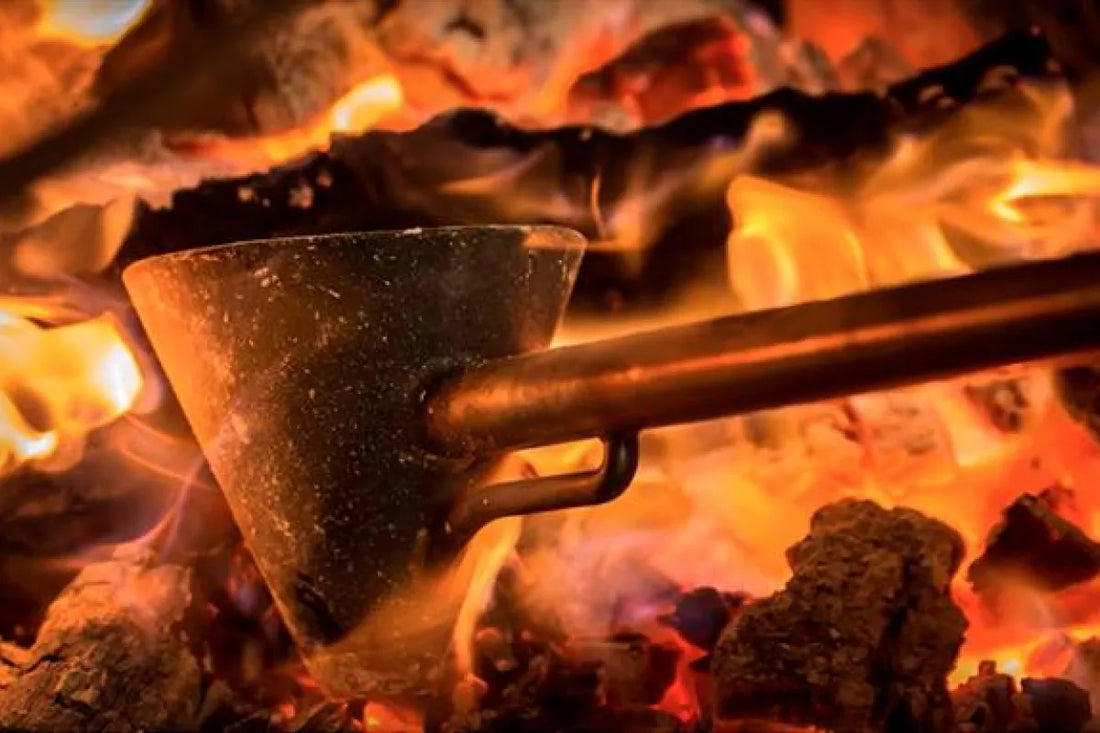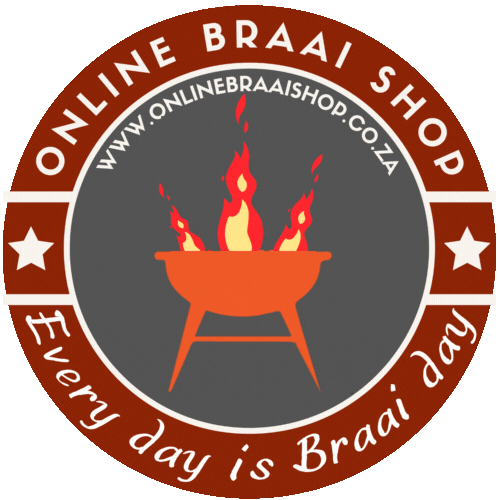
Flambadou: The Grilling Tool Essential You've Probably Never Heard Of:
Flambadou: a name that conjures both intrigue and culinary adventure. If you’re a fire-loving gastronaut, this cast iron tool is your ticket to flavor nirvana. Let’s dive into the fiery depths of this unique grilling companion! If you love the primal rawness of cooking over an open fire, and aren't faint of heart, this is a piece of kit to add to your arsenal of grilling tools.
WHAT IS A FLAMBADOU?
Although the Flambadou (pronounced flam-bah-DOO) is often promoted as the latest Braai tool, it is anything but new!
A flambadou is a fascinating piece of culinary history. Imagine a cast iron cone with a large opening at the top and a smaller one at the bottom. Attached to a long metal handle (usually around 1 meter in length), it’s designed to heat up until it glows red-hot. But what’s its purpose?
Historical Roots: Reportedly from the Middle Ages, flambadous were once used to sear joints of meat. These days, they’re a rare find, but their legacy lives on.
French Technique: Picture this: You’re cooking over hot coals, flames dancing around your food. The flambadou comes into play. It’s a traditional French technique for basting meat with fat as it cooks over the coals. The result? Flavorful, juicy, and crisped-up goodness.
HOW TO USE A FLAMBADOU?
The iron cone should be placed directly into the hottest of embers or coals of the fire until it's glowing red hot. Then pork lard or beef tallow can be placed into the cone and when the fat bursts into flames, renders and drips out of the bottom of the cone while still on fire, make sure it drips onto your food of choice!
The heat of the cast iron will cause the fat to melt through the funnel and then ignite upon contact with oxygen. A beautiful but dangerous show element! Be sure to ask your guests to keep their distance. The dripping fat allows you to provide meat, fish or vegetables with a tasty smokey touch packed with flavor. Because: “Fat is taste”. We know that all too well by now.


WHICH FAT CAN YOU USE?
In principle, you can use any type of natural fat for the flambadou. At least any fat in solid form. Pouring oil through the funnel seems very dangerous and not very effective to me. Various pieces of meat, including e.g. a Picanha comes with large amounts of fat. You can cut off the excess fat and use it to melt in the Flambadou. Be sure to freeze any surplus fat to use in fish or vegetable dishes. Have you run out of stock yet? No problem, marrow, butter and coconut oil are also sometimes used in the Flambadou . I would like to test what difference this makes in taste. So, to be continued! Moreover, it would be fun to experiment with the difference in taste when melting pork fat over the steak versus using beef fat.

GIMMICK OR EFFECTIVE?
Why did you wait so long to buy a Flambadou, I hear you ask? Easy! There are 2 important reasons for this. When I got to know the device, it was simply virtually impossible to find, or it cost people a lot of money. The product has been on the rise for about 2 years, which means it is being brought back into production and is easier to obtain. In the meantime, however, I had become a bit skeptical. Many “Must Haves” turn out to be nothing more than a gimmick and offer little added value for the price they cost. A few months ago, however, I was able to taste a delicious dish made by Dominique Persoone: “Oyster grilled under the Flambadou with veal tartare and caviar.” A true flavor bomb where the clear smoky touch was an absolute added value to the dish. Definitely not a gimmick and reasons enough to put the Flambadou on the list of any Braai Master's list of gifts.
Remember, the flambadou isn’t just a tool; it’s a portal to smoky, sizzling enchantment. Happy grilling!
Here' a closer look at the thrilling flame action: https://youtu.be/l9d_UwT9cKI
Flambadou Recipe Ideas: Except for the amazing results with grilled meats & chicken on the fire try some of these ideas:
Flamed Oysters: Chef Niklas Ekstedt of Ekstedt restaurant in Stockholm knows the secret. His recipe book, ‘Food from the Fire: The Scandinavian Flavours of Open-fire Cooking’, features flamed oysters. Picture raw oysters bathed in on-fire beef tallow, served with shallot and apple dressing. A taste sensation!


3 comments
I would like to order 2 complete flambadoo
And one extra stand and drip bowl
Is this possible
Need to buy a flambado. Please reply
I want a flambadoo. Jow can i buy one online